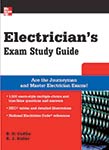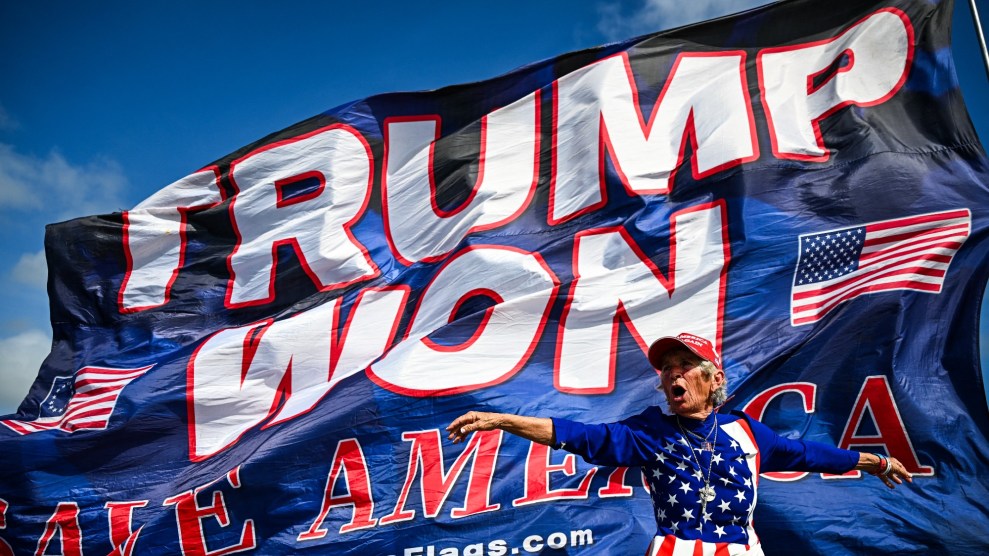In March 2007, the eighth-grade class at Dyker Heights school in Brooklyn, New York, got a substitute teacher. Predictably, the kids got rambunctious. Thirteen-year-old Chelsea Fraser steered clear of the rowdier action, including the boys plastering the walls with post-office stickers. Instead she doodled on a desk with a marker, penning in block letters: “okay.”
Two days later, Chelsea called her mom, Diana Silva, from school. She was panicked. “Mom,” she said, “I think I’m gonna get arrested.”
“For writing on a desk?” Silva laughed, suspecting teenage drama. “Did you write a bad word?”
“No,” said Chelsea, a cheerful girl with a flip of black hair over one eye. “I wrote ‘okay.'”
“Baby, tell them what you did,” counseled Silva, a freelance graphic artist. “You’ll probably go to the principal. They might suspend you, and they will probably make you scrub the desk.” Silva doubted it would even go that far: Chelsea had been president of her class and captain of the volleyball team, and had never even been to the principal’s office.
Ten minutes later, the phone rang again. This time it was a school dean saying Silva had better come in. “The children are being arrested,” said the dean, explaining that the boys who had been stickering the walls were also headed to the police station.
Silva raced to school, and four police officers soon arrived. They handcuffed Chelsea and the boys and marched them out to a police van. As she walked, Chelsea looked up to see her classmates pressed against the windows. Her teacher was crying.
Silva tried to reason with the officers, who told her that writing on furniture was a crime. “Is it a crime to be a kid?” she shot back.
At the precinct, Chelsea was handcuffed to a pole over her head for three hours—while she was interrogated, her mother had to wait in another room. “I was scared, I was sad, and I was embarrassed,” Chelsea told me. “I just wanted it to be over.”
BATTLE OF THE BANNED
WHAT DID—AND DIDN’T—GET PAST TEXAS PRISON MAILROOM CENSORS LAST YEAR

Banned: United States: An Illustrated History (racial content)
Approved: The Hitler We Loved and Why

Banned: Electrician’s Exam Study Guide (security concerns)
Approved: Viet Cong and nva Tunnels and Fortifications of the Vietnam War

Banned: Wilderness Survival (could be used to facilitate an escape)
Approved: The Worst-Case Scenario Survival Handbook
Banned: Good Housekeeping, August 2007 (criminal schemes)
Approved: Mafia Fix
Banned: Texas Hill Country, Spring/Summer 2007 (map)
Approved: Texas Travel Guide 2007
Banned: Spiritual Tattoo (sexually explicit images, tattoo making)
Approved: The Tattoo History Source Book
Banned: The Administratrix (female homosexuality)
Approved: Skin Deep: Real-Life Lesbian Sex Stories

Banned: Mother Jones, Sept/Oct 2007 (nude child…in a story on mining dangers)
Approved: Letters to Penthouse XXVIII
Chelsea Fraser’s case is extreme, but in schools across the nation, disciplinary infractions are increasingly being turned over to police and prosecutors. The Denver public schools, for example, saw a 71 percent rise in the number of students referred to law enforcement between 2000 and 2004, most for behavior such as bullying and using obscenities. In Florida during the 2005-06 school year, more than one-quarter of some 25,000 school-related referrals to the Department of Juvenile Justice were for disorderly conduct and trespassing. In the Chicago public schools, more than 8,000 students were arrested in 2003, almost half for simple assaults or batteries that involved no serious injuries or weapons. A full 77 percent of the arrests were of black students, although they make up just half of Chicago’s student body.
School violence is a real concern, but in many places, this fear has motivated rigid “zero tolerance” policies that target minor infractions as gateway offenses—and that often disproportionately affect students of color: Black students are three times more likely to be suspended or expelled than their white peers.
In 2006, Shaquanda Cotton, a 14-year-old African American girl from Paris, Texas, was sentenced to seven years in prison for shoving a teacher’s aide. The aide, who was not hurt, was preventing Cotton from entering the building before the beginning of the school day. Cotton had no criminal record; she ended up serving a full year. Critics noted that the judge who sentenced her had previously let a 14-year-old white girl, charged with setting fire to her parents’ house, go with probation only.
One reason why students are increasingly ending up in jail is that police now patrol the halls in many schools. In New York, the police department took control of school safety in 1998 under the Giuliani administration; by the 2005-06 school year, according to the New York Civil Liberties Union, the city employed 4,625 school safety agents and at least 200 armed officers, making the nypd School Safety Division the 10th-biggest police force in the country—larger than those of Washington, DC, Detroit, Boston, or Las Vegas. “We are treating the kids like potential criminals,” says Donna Lieberman of the nyclu. In January, a five-year-old named Denis Rivera was handcuffed behind his back by an nypd school safety officer for throwing a tantrum in his kindergarten class in Queens.
Chelsea Fraser, for her part, missed three school days going to court, served another two days of in-school suspension, and had to pay $45 in restitution for the desk. She agreed to talk because “I want to help everybody else who is getting in trouble.”















